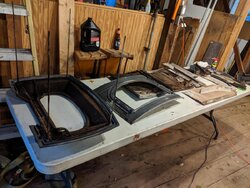Hey all. I bought a house with a Vigilant stove last year. I burned it last winter and it worked well. It was better after I replaced all the door gaskets. How do I know if I need to take this thing apart and go through it? What exactly gets done when that happens?
Thanks for any info.
Thanks for any info.


